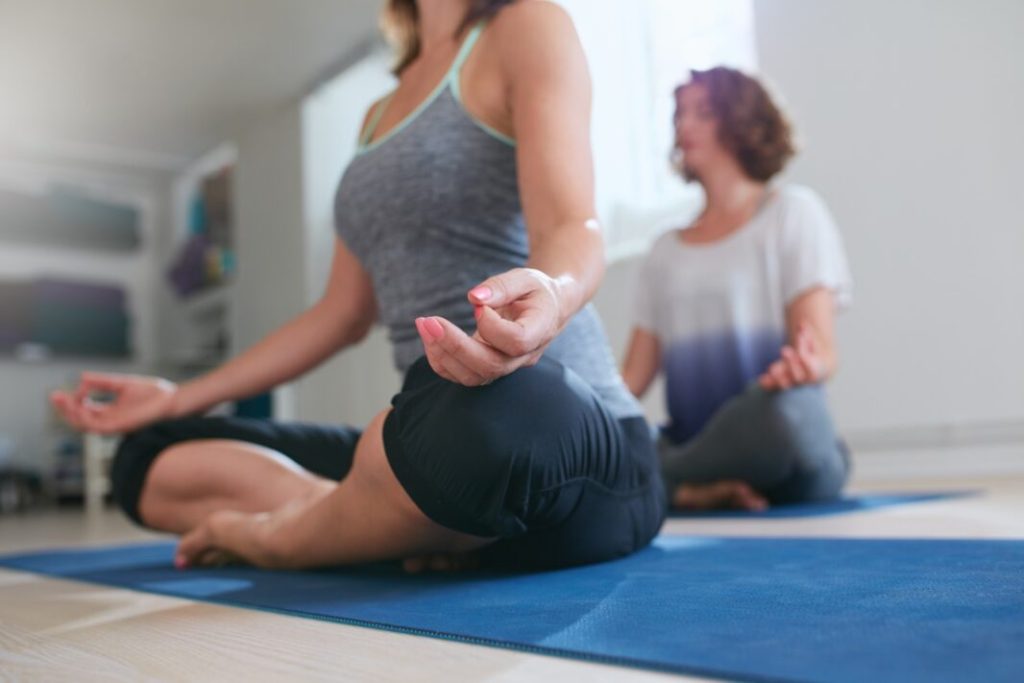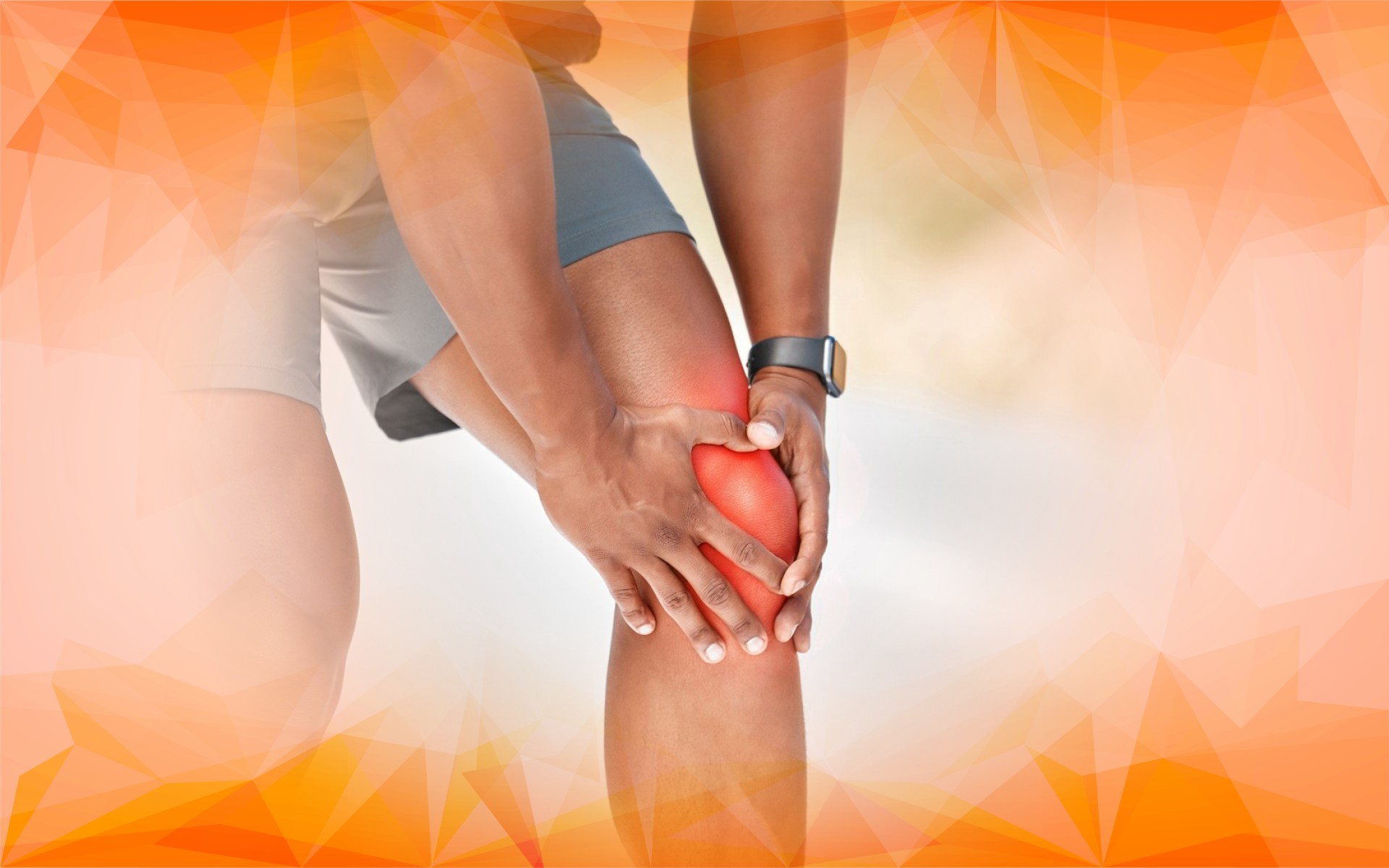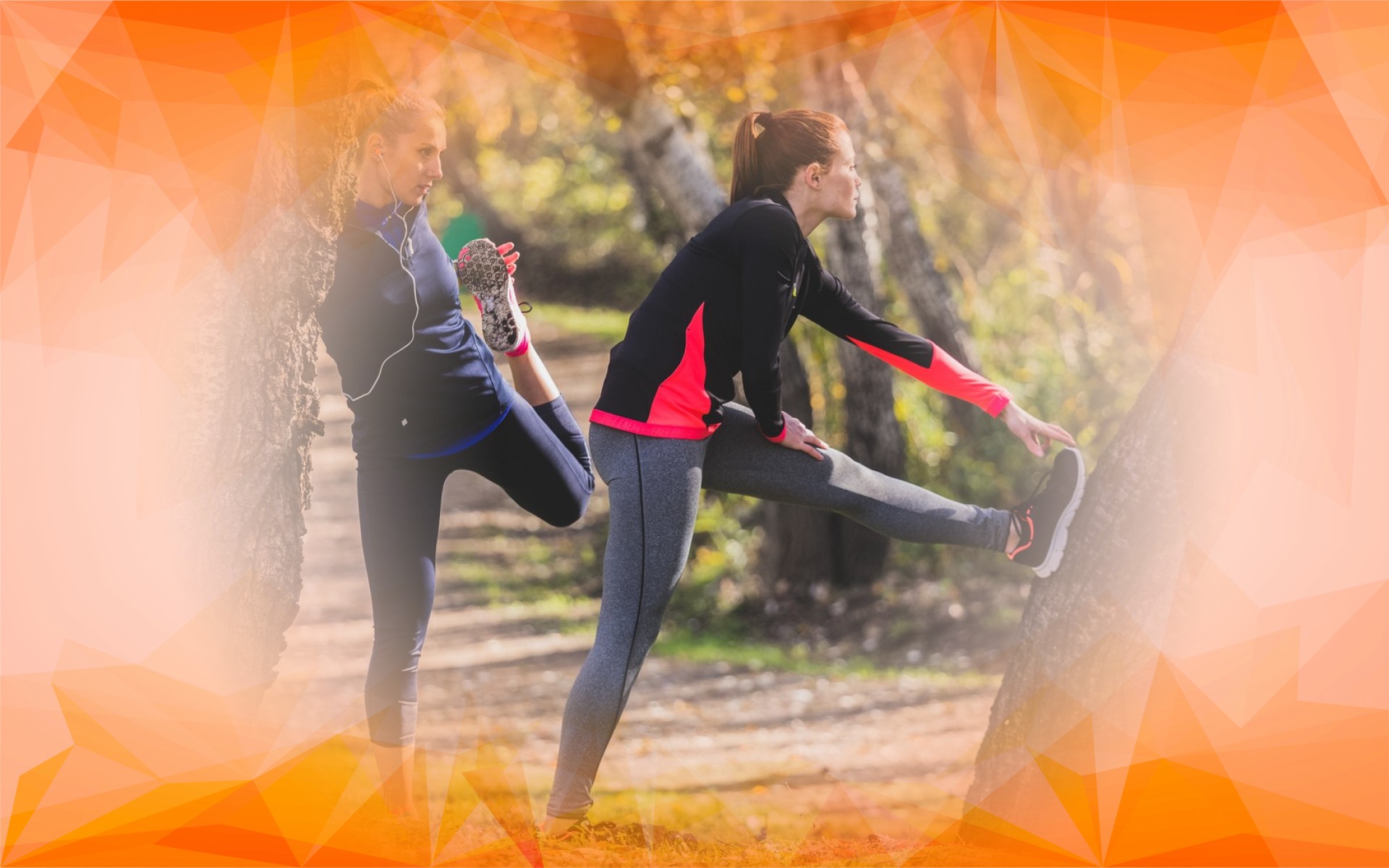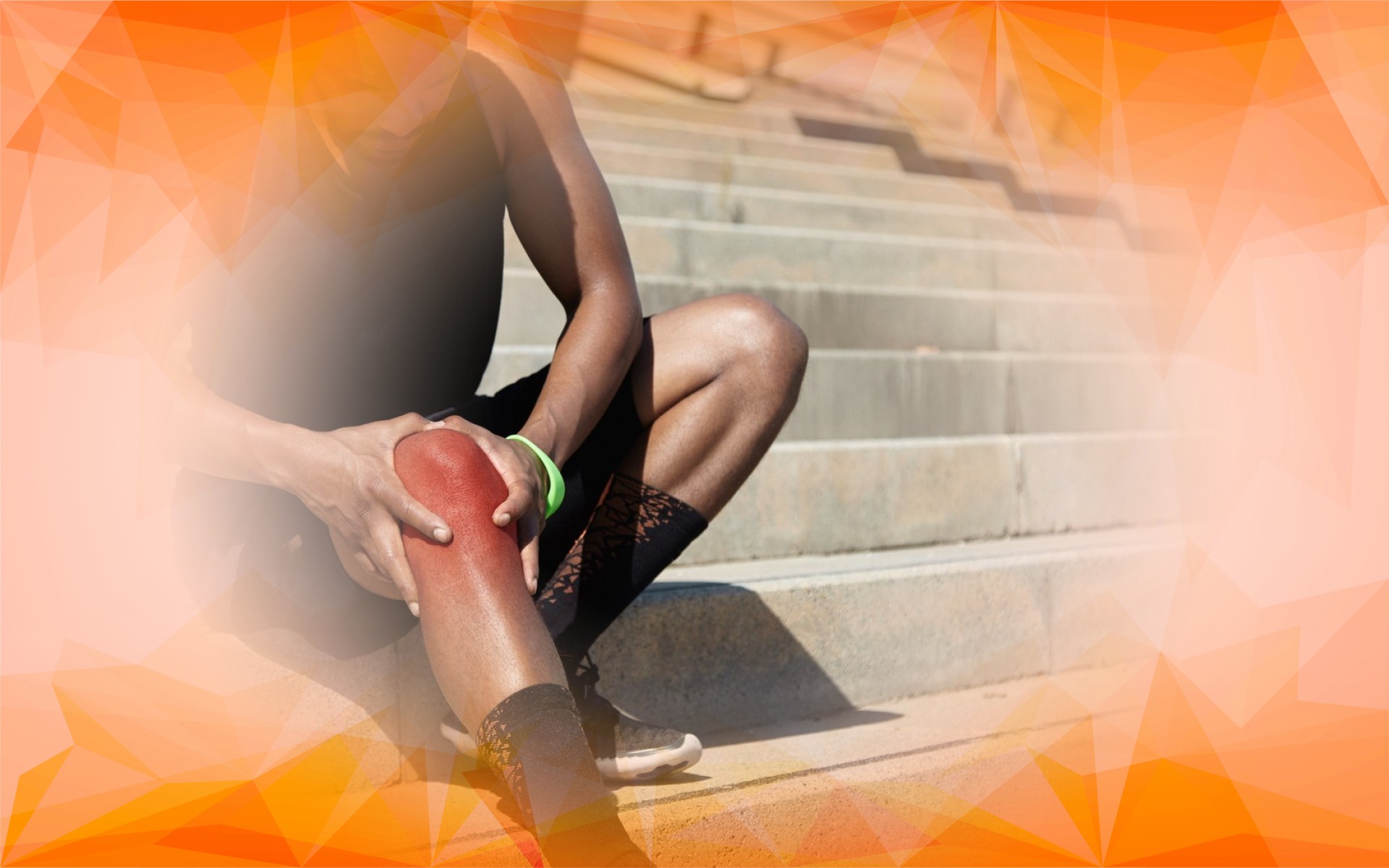Introduction
Medial knee osteoarthritis (OA) affects millions of people worldwide, leading to pain, stiffness, and challenges with everyday activities like walking. Among the many available treatments, knee braces stand out as a popular, non-invasive option to reduce symptoms and improve mobility. However, not all knee braces work the same for everyone. Personalising knee support can make a big difference in comfort and effectiveness. In this article, we explore the various types of knee braces for medial knee OA, how they work from a biomechanical perspective, and the latest evidence on their benefits. Whether you’re a patient or a healthcare professional, this guide will help you make informed choices about knee bracing for osteoarthritis.
How Knee Braces Help: The Biomechanics Explained
To understand how knee braces help with medial knee OA, it’s important to first look at how the knee works. The knee joint consists of three compartments, with the medial compartment (the inner side) often bearing extra stress in osteoarthritis due to misalignment. This increased pressure leads to pain and restricted movement.
Knee braces address this issue by redistributing forces across the knee. For example, valgus braces provide a gentle outward force, shifting weight away from the damaged inner compartment. This realignment reduces strain on worn cartilage and can ease pain. Research has shown that valgus braces not only make walking more comfortable, but also improve the overall mechanics of the knee joint during movement. In simple terms, a well-chosen knee brace can help your knee move more naturally and with less pain.
Types of Knee Braces for Medial Knee Osteoarthritis
There are several types of knee braces designed specifically for medial knee OA. Each provides a different level of support and correction:
- Simple Hinged Braces: These braces offer basic support and stability without actively correcting alignment. They’re lightweight and comfortable, making them a good choice for daily wear, especially for people seeking mild support and reassurance when moving.
- Valgus Corrective Braces: Designed to gently push the knee outward, these braces reduce stress on the inner knee and help correct misalignment. They are often effective for pain relief and improving function but can feel bulky or uncomfortable if worn for long periods due to their rigid frame.
- Unloader Braces: These braces are more specialized and, in many cases, custom-made . Unloader braces use targeted forces to reduce load on the affected part of the knee , making them ideal for people with advanced OA or significant deformity. Research suggests unloader braces can improve mobility, increasing walking distance in individuals with knee OA .
- Pneumatic Braces: The latest innovation, pneumatic braces use adjustable air-filled chambers to dynamically distribute pressure as you move. This allows for both effective unloading of the medial compartment and a higher level of comfort and flexibility, adapting to your movement throughout the day.
Each of these braces strikes a different balance between support, comfort, and correction, giving patients and clinicians the choices they need to find the best fit for individual needs.
Benefits, Challenges, and What to Consider
- Effectiveness: There is strong evidence that valgus and unloader braces can reduce pain, improve walking ability, and help people with daily activities. However, some studies indicate that changes in overall physical function may be modest, and improvements in quality of life and potential side effects should also be considered.
- Comfort and Wearability: Simpler braces tend to be more comfortable and better suited for long-term wear, but may offer less correction. More advanced braces may deliver greater biomechanical benefit but can feel restrictive or bulky, which affects how consistently people use them.
- Cost and Accessibility: Custom braces or specialized designs tend to be more expensive and may require professional fitting. It’s important to balance the financial investment with the expected benefits, especially for those planning to use the brace over several months.
- Personal Preferences: The best knee brace is ultimately the one that the patient finds both effective and comfortable. Support and education from healthcare professionals can help improve adherence and ensure that each person gets the best possible results.
Looking Ahead: The Future of Knee Bracing
The future of knee bracing for medial knee OA lies in personalised solutions that combine biomechanical understanding with evidence-based practice. By matching the right brace to the right patient, it’s possible to ease pain , enhance mobility, and sometimes avoid surgery.
Promising new braces — such as adaptive pneumatic models — aim to offer superior comfort and function by automatically adjusting support throughout the day. These innovations may soon make braces feel more natural and less like a burden.
While early evidence supports bracing as a way to improve function and mobility, research continues into how much braces can reduce pain and improve overall quality of life. More high-quality studies will help guide future care choices.
In summary, personalised knee bracing is a key tool for helping people with medial knee OA stay active and independent. As technology and research advance, knee braces will become even more effective and user-friendly, supporting a better quality of life for those living with osteoarthritis .
References
Stamenović, D., Kojić, M., Stojanović, B., & Hunter, D. J. (2009). Pneumatic osteoarthritis knee brace. Journal of Biomechanical Engineering, 131(4). https://doi.org/10.1115/1.3072890
Moller, F., Ortiz-Muñoz, L. E., & Irarrázaval, S. (2021). Offloader knee braces for knee osteoarthritis. Medwave, 21(03), e8114-e8114. https://doi.org/10.5867/medwave.2021.03.8114
Frequently Asked Questions
AMSK Clinic uses its expertise to tailor knee brace recommendations, considering each patient’s lifestyle, severity of symptoms, and personal comfort. Their thorough biomechanical assessment ensures patients receive the right type of brace for optimal support and effectiveness in everyday activities, thereby enhancing mobility and reducing pain.
AMSK Clinic provides various knee braces, including simple hinged braces, valgus corrective braces, unloader braces, and advanced pneumatic models. Their range ensures patients get options that balance support, comfort, and biomechanical correction, with the latest innovations to suit individual needs and therapeutic goals.
AMSK Clinic stands out due to its experienced team, advanced fitting techniques, and comprehensive care pathway. The clinic prioritises comfort, evidence-based treatments, and patient education, supporting individuals to remain active and independent with the most suitable knee bracing solutions backed by clinical research.
Some braces may feel bulky or restrictive, affecting long-term wear. AMSK Clinic addresses these issues by focusing on proper fitting, ongoing support, and offering adaptive brace designs, ensuring comfort and compliance. They guide patients in selecting braces that best match their activity levels and personal preferences.
AMSK Clinic stays at the forefront by adopting adaptive pneumatic braces and custom-fitting technologies. These innovations automatically adjust support as you move, enhancing both comfort and function. Patients benefit from cutting-edge care and the clinic’s commitment to integrating the latest scientific advancements in osteoarthritis management.




